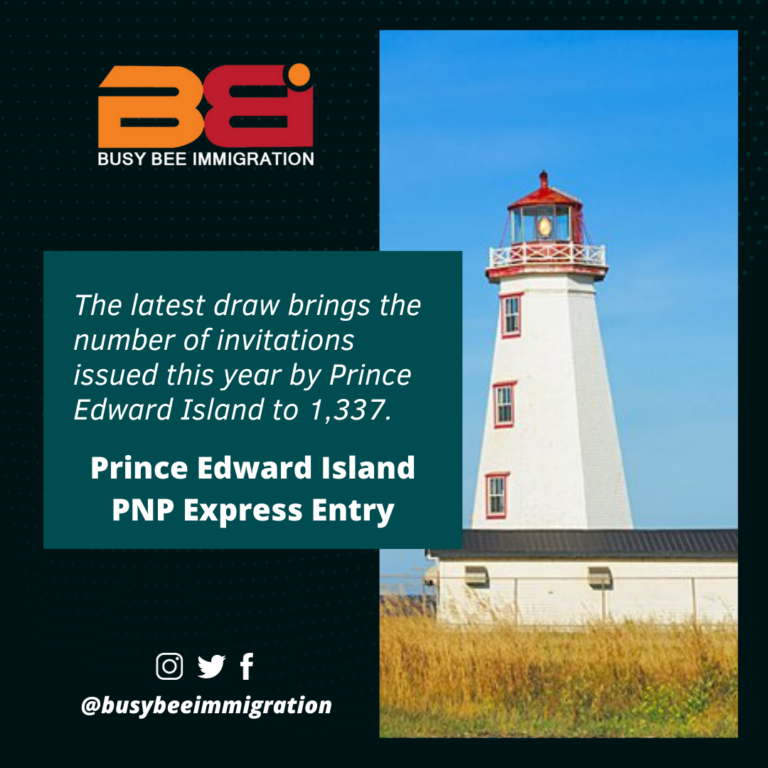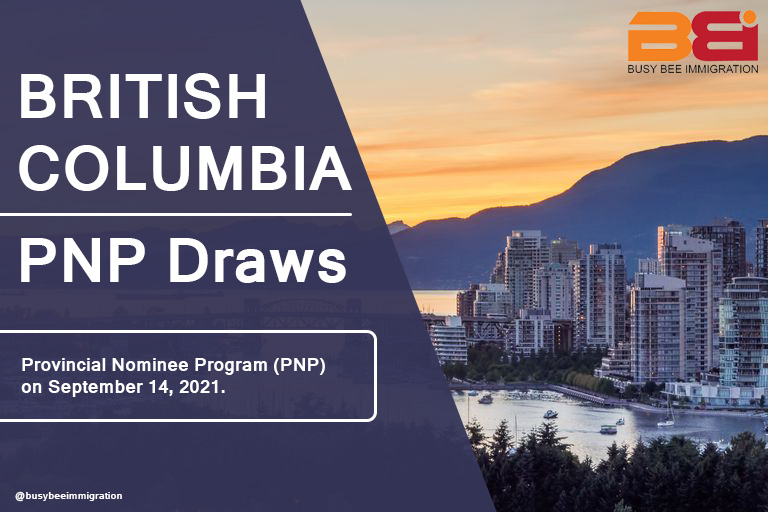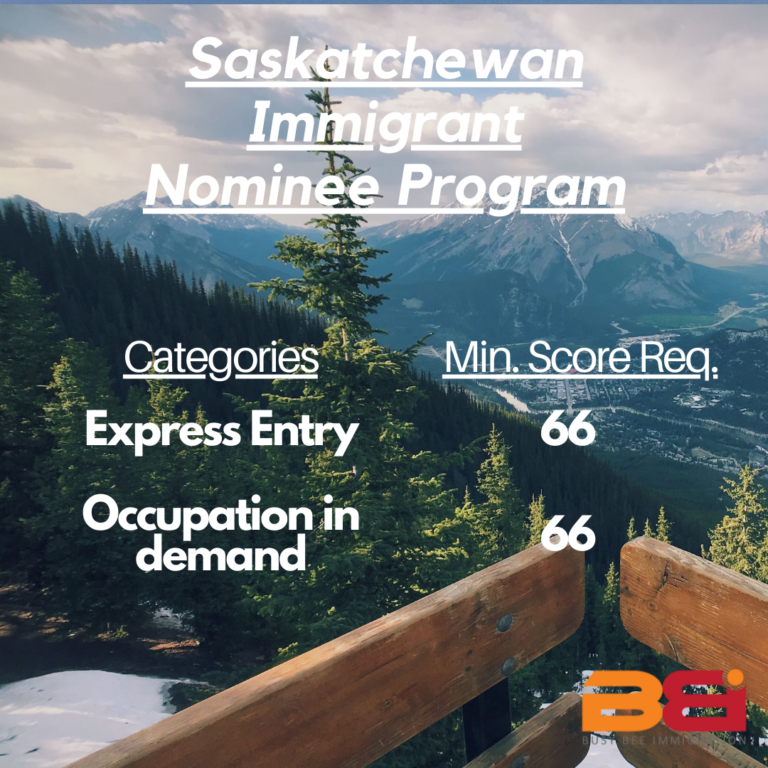British Columbia invited tech workers to apply for a provincial nomination

B.C. invited 74 tech workers to apply for a provincial nomination on 21st September. The invitations were issued through the BC PNP Tech, which is a stream under the British Columbia Provincial Nominee Program (BC PNP). Candidates invited through B.C’s…






